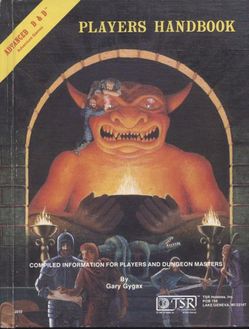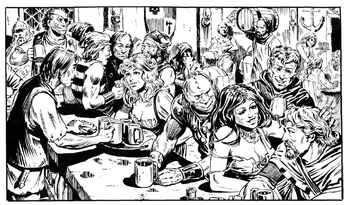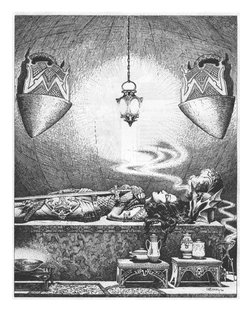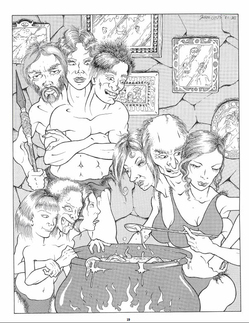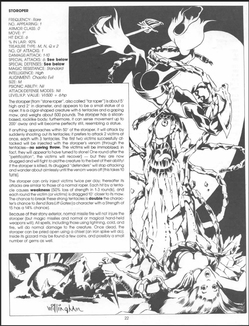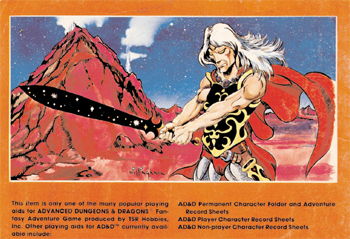
Bit of a preface first. I'm aware that this is not the first shop opened here for these type of hobbies. I bought the miniatures I use in D&D games from the hobby shop in the Daning mall in Zhabei a while back and there's a place in Xin Tian Di too. And there's online shopping, but we'll get to that.
Anyway, Games Workshop have a newly opened Shanghai branch. It is entirely focused on its flagship table-top war games Warhammer and Warhammer 40 000 (the sci-fi version). They also have official Citadel tool kits, work stations and paints. The store (misleadingly called the Xu Jia Hui store on the cards) is at 153 Xu Jia Hui Road. That's a block along from the east end of Taikang Road, past Madang Road.
The store is small but cool, the guys who work there, Leon and Caesar are friendly and knowledgeable and they have a game table set up for teaching you stuff and free games. They will also show you how to use the tool kits and paint the miniatures. That's why you should go to the physical store. They even stock White Dwarf Magazine and Warhammer spin off novels. The hard back bible of 40K, the 6th edition rule book is 450 rmb, but they also have the Dark Vengeance starter boxed set. That has the condensed rule book, the quick start guide, miniatures and all the dice and measures for 600 rmb (remember you play with others and split this). [Bane voice] Let the games begin!
(There's a Pudong store too: Exit 6 Science and Tech Museum, store KJ-025)
